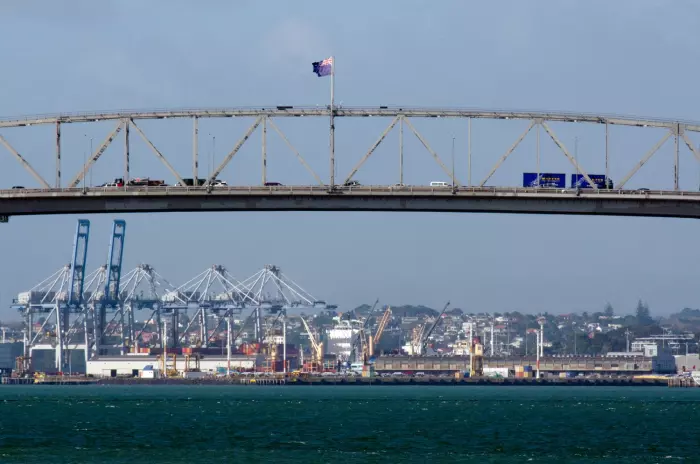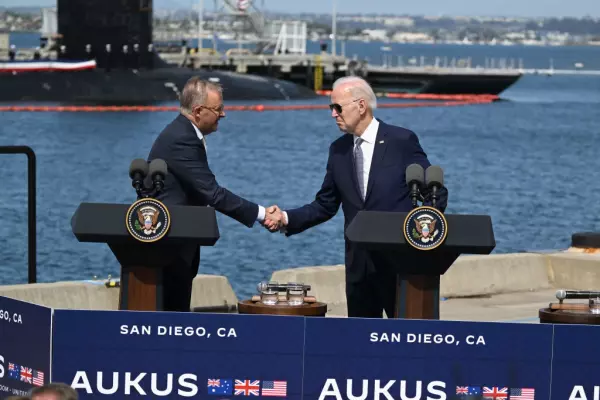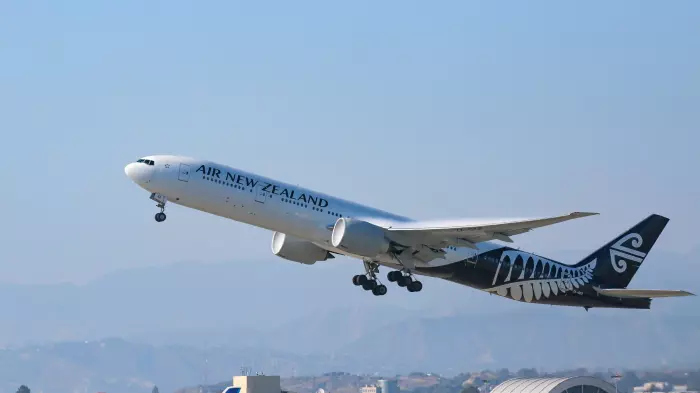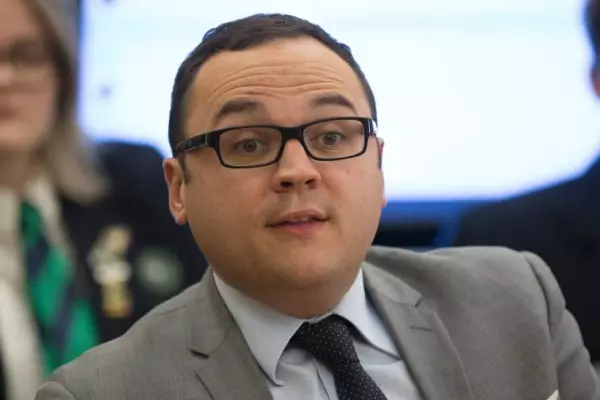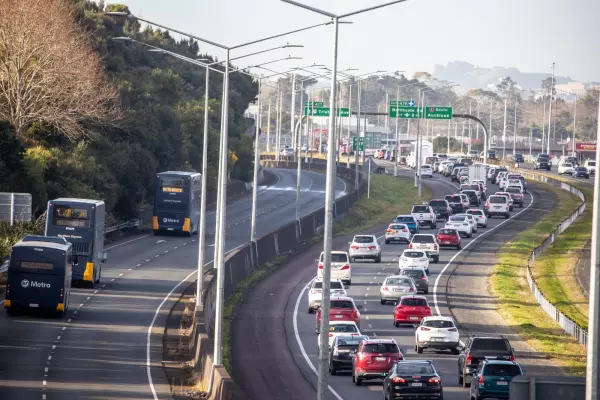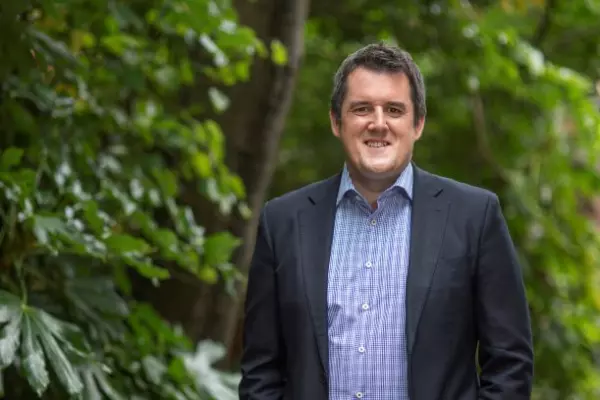A national road transport group representing 1,800 trucking companies said upgrades to Auckland’s critical freight routes are the missing link in Friday’s announcement of a $31.4 billion 10-year transport plan for the city.
National Road Carriers Association chief executive David Aitken said the Auckland Transport Alignment Project, which has seen a funding increase of $3.4b since it was initially rolled out in 2018, is “practically silent” on road freight.
“It’s just about walking, cycling and public transport, which will help some people get to where they want to go, but does little to help the delivery of essential supplies for New Zealanders.”
Aitken said the focus of the ATAP report was disappointing given that half of the investment, $16.3b, comes from the National Land Transport Fund, whose main contributor is the freight community's road user charges levied by Waka Kotahi.
He said it was also discouraging that no mention was made of upgrades to strategic arterial freight routes, such as the Favona Rd - Mangere route or the proposed East-West Link, a consented four-lane road between the Neilson St interchange at SH20 and Mt Wellington interchange on SH1.
Increases
Hamish Glenn, policy director at Infrastructure NZ, said while it was positive to see the targeted focus on reducing per capita emissions by 13% and reducing serious injury on roads by 60%, these are “balanced somewhat by expectations for worse congestion on motorways and a total increase in carbon emissions due to expanding population”.
The ATAP report notes that despite policies to reduce vehicle emissions to reach a long term goal of net-zero CO2 by 2050, population increases will see overall emissions increase by about 6% by 2031.
Glenn said a bigger question is whether the investment programme will actually deliver what Aucklanders really care about - reducing congestion and helping promote additional housing.
Brett O’Riley, chief executive of EMA, said the business group had some concerns about the balance of transport modes outlined in the programme.
O’Riley said while much of the focus is on public transport, busways, light rail, active transport and the City Rail Link, there needs to be a better balance between public transport initiatives and “much needed rail and road projects that support economic growth”.
NRCA’s Aitken shares the sentiment. “We have a long term infrastructure deficit that needs addressing, it won’t go away by ignoring it.”
In reference to plans to create the infrastructure to assist with the building of 17,000 new homes over the next decade, he said “houses don’t just pop up. Housing development timelines of five years will become seven years if we can’t efficiently transport the materials there”.


